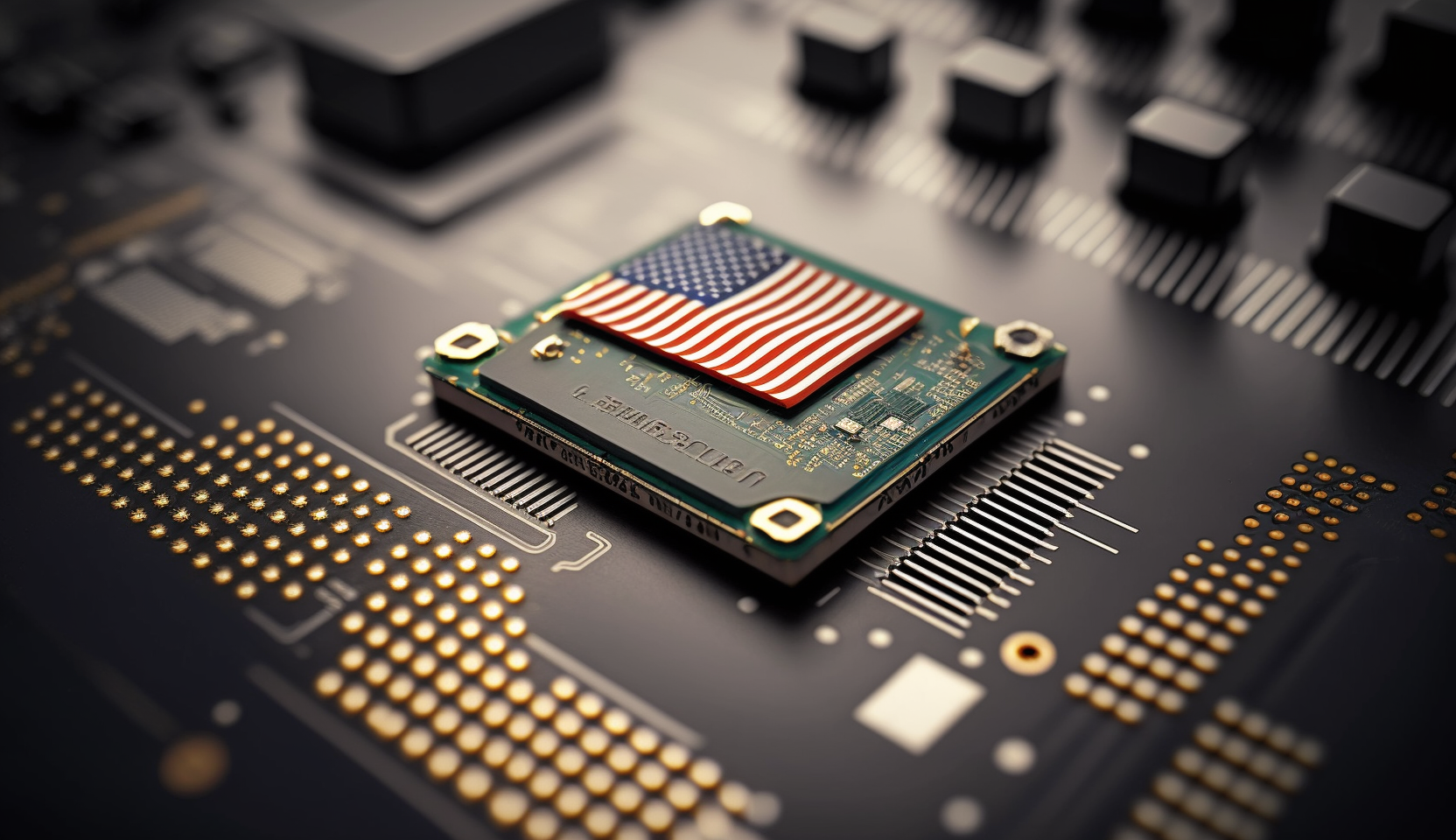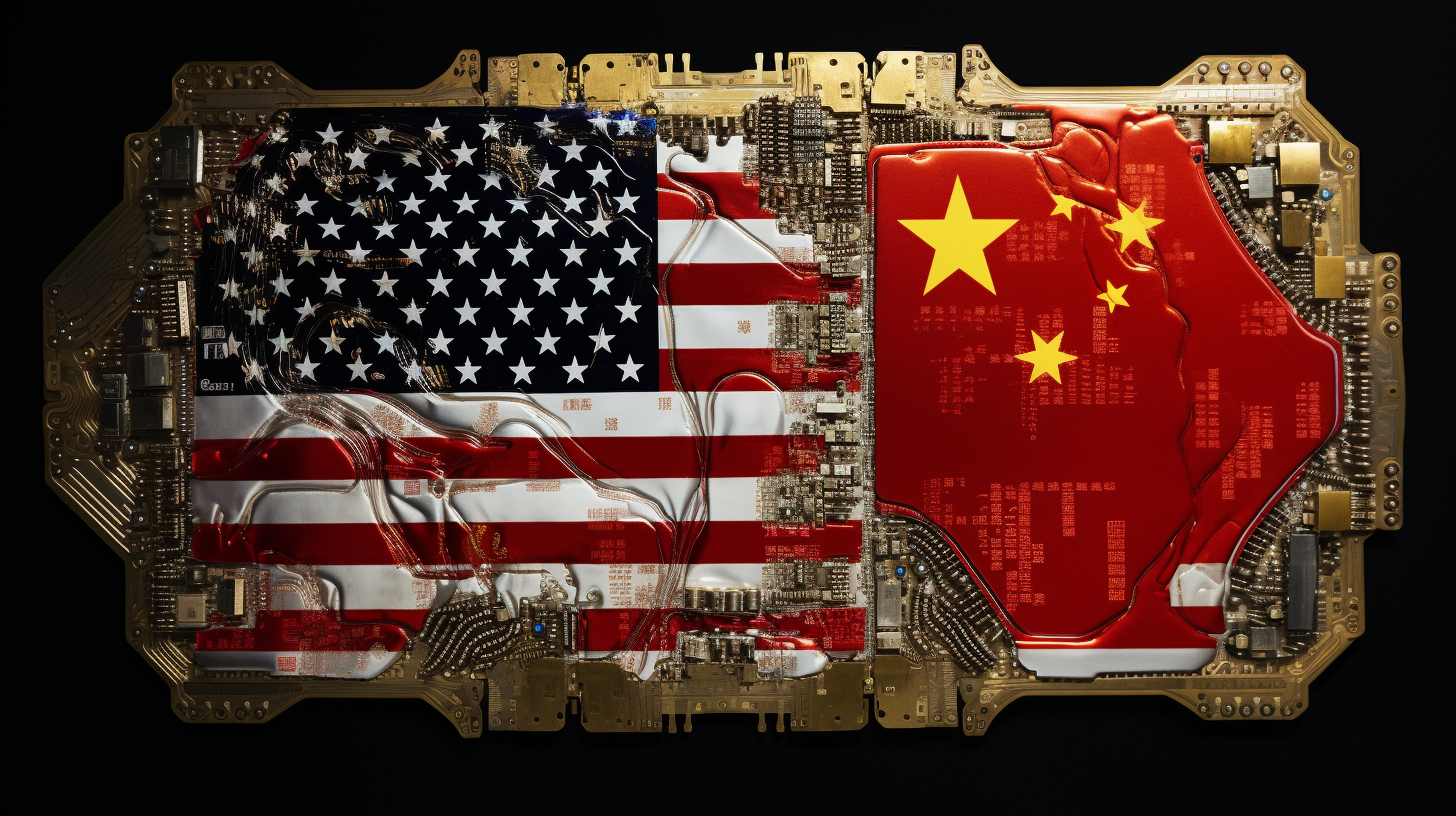| Key Points: – Taiwan Semiconductor Manufacturing Co. (TSMC) plans to invest $100 billion in US chip plants over the next four years. – The investment aligns with efforts to establish the US as a leader in artificial intelligence and semiconductor production. – The announcement follows US tariffs on semiconductor imports and ongoing efforts to reduce reliance on foreign chip manufacturing. |
Taiwan Semiconductor Manufacturing Company (TSMC) is preparing to make a historic $100 billion investment in US chip manufacturing, a move expected to bolster America’s position in the global semiconductor race. President Donald Trump is set to formally announce the initiative, which aims to expand domestic production capacity over the next four years.
The investment will fund multiple new semiconductor fabrication plants, reinforcing efforts to establish the United States as a key hub for artificial intelligence and high-performance computing. This move is seen as a major step in reducing US dependence on foreign chip suppliers, particularly amid growing geopolitical tensions that have raised concerns over supply chain vulnerabilities.
TSMC, the world’s largest contract chipmaker, plays a crucial role in supplying semiconductors to major technology firms such as Nvidia and Apple, both of which heavily rely on cutting-edge chips for artificial intelligence applications. The company has already established a presence in the US with its Arizona-based facilities, where it committed an initial $12 billion in 2020. Since then, its investment in the region has swelled to approximately $65 billion, with plans for a third factory already in motion.
The additional $100 billion investment signals a broader commitment to US-based production, which could help mitigate risks associated with global supply chain disruptions. This initiative aligns with the Trump administration’s strategy to strengthen domestic manufacturing and reduce reliance on imports, particularly from Asia.
President Trump has long accused Taiwan of undercutting US chip manufacturing, advocating for tariffs on semiconductor imports as part of his broader trade policy. However, the latest investment from TSMC could help reshape this dynamic by bringing production closer to home, potentially easing tensions while reinforcing economic ties between the US and Taiwan.
Industry experts view this investment as a significant step toward securing US semiconductor supply chains. The recent CHIPS and Science Act, which provides funding to semiconductor companies expanding in the US, has played a role in attracting further investment from industry leaders. In January, TSMC’s Chief Financial Officer, Wendell Huang, expressed confidence that the US government would continue supporting the company’s expansion efforts.
While TSMC’s massive investment will primarily benefit large-scale semiconductor production, smaller cap chip manufacturers may experience mixed effects. On one hand, increased competition from a well-funded industry giant could challenge their market position. However, these companies may also benefit from enhanced supply chain infrastructure, new partnership opportunities, and greater government incentives aimed at bolstering domestic production.
For investors, this development could signal a bullish outlook for the semiconductor sector. Larger players like Nvidia, Intel, and AMD may see increased demand for domestically produced chips, while smaller firms could attract interest based on their role in supporting new manufacturing initiatives. Market analysts will be watching closely to assess which companies stand to gain the most from this significant shift in semiconductor production.
The expansion of US-based semiconductor manufacturing is expected to create thousands of high-skilled jobs while positioning the country as a leader in AI-driven innovation. Analysts believe the move will help stabilize chip supply and reduce costs for American companies reliant on advanced semiconductors.
With formal announcements expected in the coming days, industry stakeholders and policymakers will closely watch how this investment unfolds. The next steps will likely involve site selection, workforce training initiatives, and government incentives to ensure the success of these new facilities.
As TSMC deepens its US footprint, the semiconductor industry braces for a transformative shift that could redefine global supply chains for years to come.





